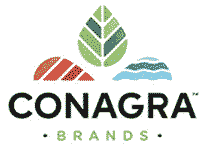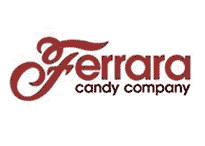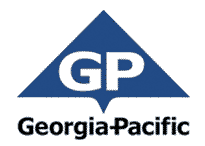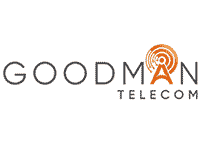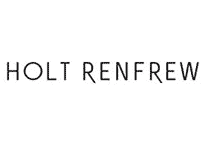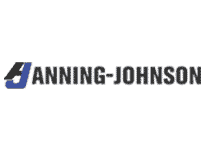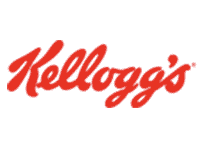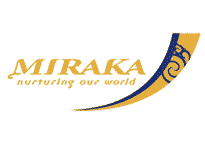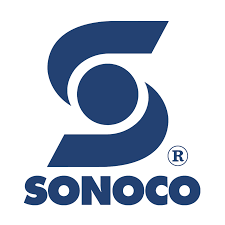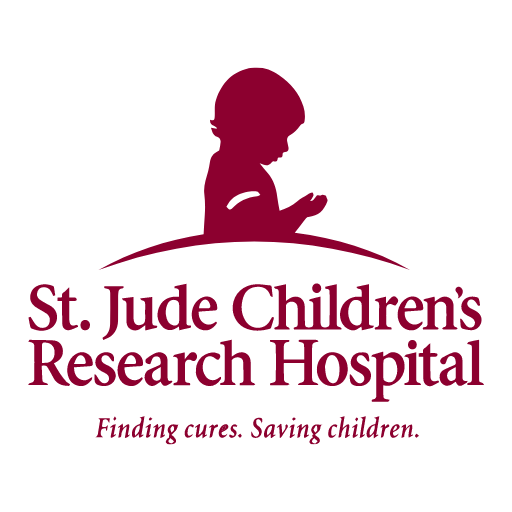
Near Miss Reporting
Streamline your near miss reporting procedures and enhance employee engagement with Certainty’s robust system for data collection, real-time corrective and preventative action management, and comprehensive reporting.
The Challenge
Encouraging front-line workers to fully understand and embrace the importance of reporting near-miss incidents.
Often overlooked as mere close calls, many employees fail to grasp the true significance of near misses. As they help organizations identify areas of risk and prevent them from escalating into major incidents, frontline workers encounter near misses but refrain from reporting them due to a lack of understanding, and difficulty with the actual reporting process.
The Solution
Simplify the process of reporting near misses for your employees, ensuring minimal disruption to their regular workflows.
Create your digital near miss reporting forms
Eliminate the inefficiencies of printing, writing, inputting, and filing paper-based near miss reporting forms with Certainty’s all-in-one digital form solution. With truly multilingual capabilities, build your own unique near miss reporting forms to fit your organization’s specific needs – or use our ready-made templates that ensure OSHA and other safety regulatory compliance.
“Certainty Software is so flexible. We use it for BBS observations, near miss reporting and even quick risk prediction reporting. It really is a great tool.”
– Dominick Chorley, EHS Lead, Mondelez
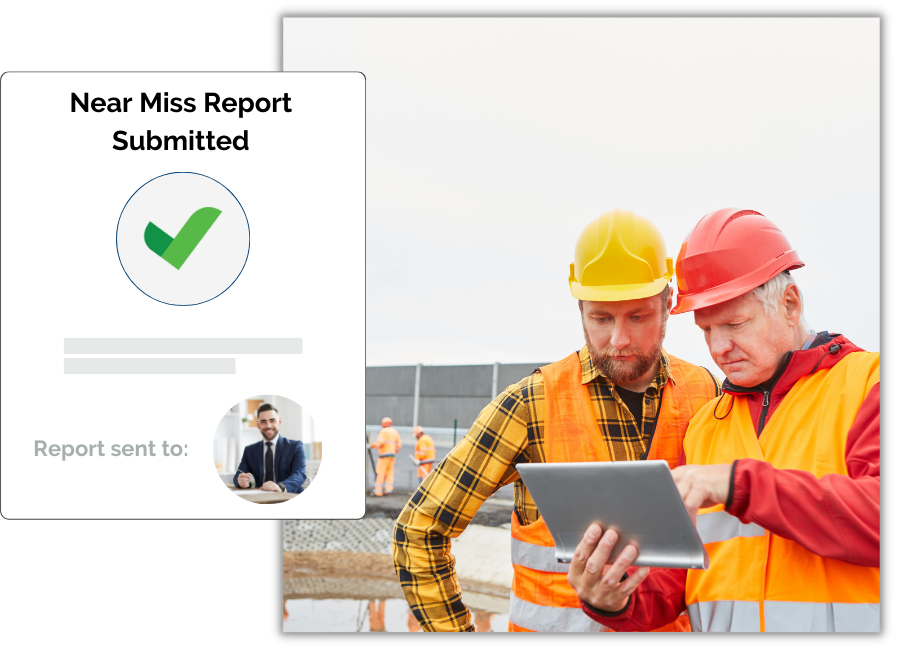
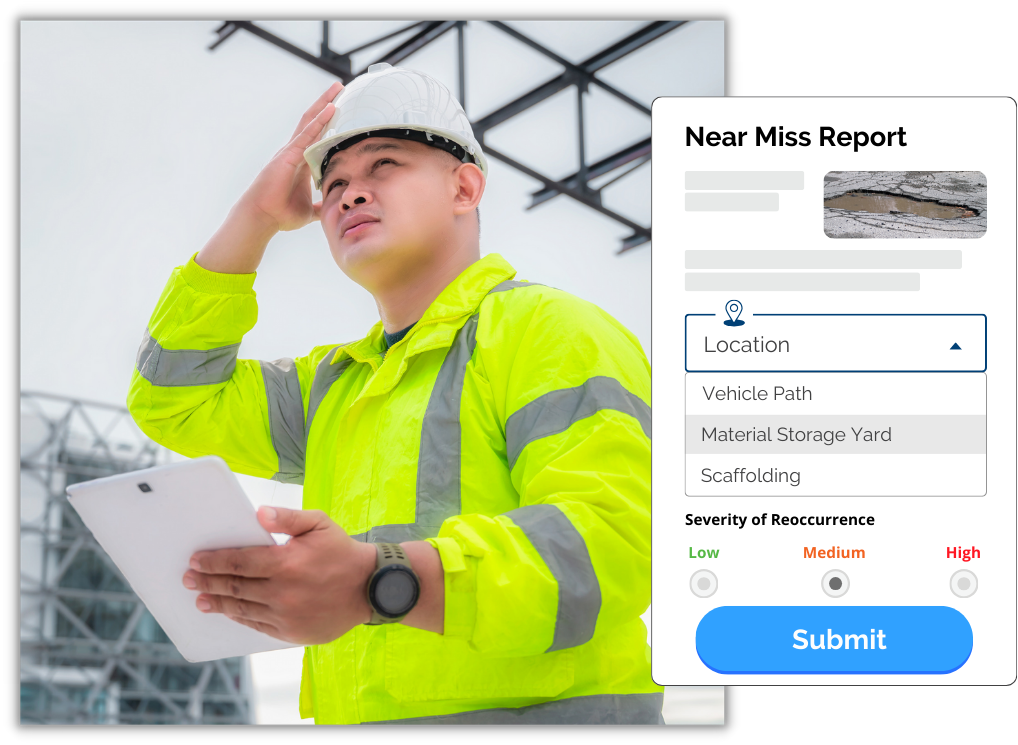
Collect data that will give you the greatest near miss insight.
Collecting data in your near miss reports has the power to prevent future near misses, and our advanced form input options can make this process even more effective. With our diverse library of data collection tools, including dropdown menus, scale ratings, image capture, file upload capabilities, time stamps, signature sing-offs, and much more, we empower you to create near miss reports that are not only accurate but also incredibly detailed.
“Certainty has changed the way we look at checklist-related improvement activities.“
– Nathan Wortz, IT Business Relationship Manager to EHS, Kellogg’s
Streamline your near miss reporting processes
Create seamless workflows for your entire near miss reporting process using Certainty’s Checklist Workflow function. Eliminate delays at any stage of your near miss reporting processes by automatically assigning follow-up actions based on the completion of previous requirements. From inputting the report to obtaining final sign-offs, maintain a streamlined and accountable near miss reporting ecosystem.
“Certainty keeps things simple, which makes the entire product and process so easy to work with. The team is professional, reliable, and friendly. They are also patient and understanding, and always make the time to assist us.”
– John Peoples, Behavioral Safety Team Leader, Huntsman
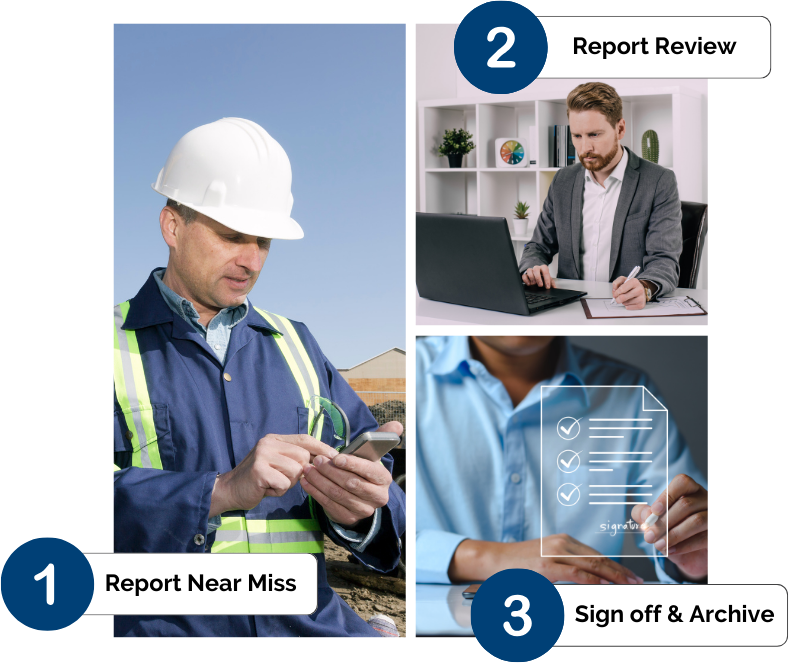

Fix the causes of your near misses immediately
Take swift action to eliminate the root causes of avoidable near misses with Certainty’s Action Management feature. With our customizable notification system, you’ll be instantly alerted whenever a near miss is reported. Dive deep into the cause of the incident and efficiently assign corrective and preventive actions to Users or User Groups to ensure it doesn’t happen again. Sustain your corrective action success with the highly detailed and customizable Action Workflows system.
“The ability of notifications is extremely useful to immediately alert senior management in high-risk situations to resolve any concerns quickly.”
– Daniel Girardi, Continuous Improvement Analyst, Longo’s
Better monitor your near miss mitigation efforts
You’ll have access to a wide range of reporting options that can provide you with the valuable insights needed to make informed decisions and effortlessly gather information for regulatory reporting, including OSHA. By utilizing tools like Power BI, system reporting, customized reports, and adaptable dashboards, you can achieve comprehensive visibility into workplace safety.
“Certainty is flexible, solution-driven, user-friendly, and cost-effective.”
– David Rodriguez, East Coast Safety Director, Anning-Johnson Company
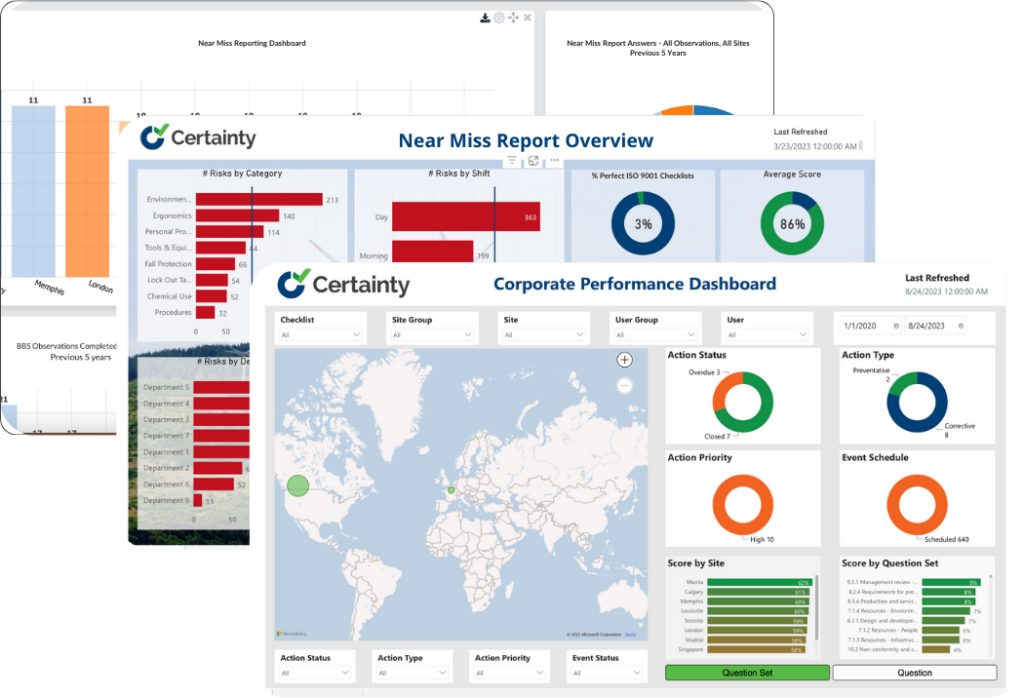
The Features
Features to strengthen your near miss reporting and ensure workplace safety
Collect
- Truly multilingual answer options that include text, radio buttons, drop-downs, checkboxes, a date picker, a signature, a star rating, bar & QR code readers, GPS locations, and more…
- Conditional and repeatable questions to automate and standardize your Near Miss Reporting
- Fill out your forms with photos, graphics, and documents for greater detail and insight
- Allow input report data both online and offline
- App access through major app platforms (iOS, Android, Windows)
Report
- Track issues identified in your Near Miss Reports
- Extensive and detailed audit reporting by inspection, user, site, region, question, and answer
- Business Intelligence Analytics
- Configure your dashboard to deliver optimal viewpoints of specific or all sites, users, etc.
- Filterable system reporting
- Report data analysis and analysis online, or export to PDF, Excel, or CSV formats.
- Create customized reporting
Manage
- Automated notifications, escalations, and actions
- Centralized action delegation
- Configure your action workflows
- Customizable sites, organization structures, and site groups
- Change history logs for the entire system
- Implement and delegate your custom actions
Used by hundreds of thousands to easily complete millions of accurate audits and inspections annually.
Georgia Pacific
The safety supervisors at Georgia Pacific used to have to spend a lot of time locating individuals to obtain the findings of their safety audits, and they had to dedicate at least eight hours a week to compiling and organizing the reports. This was before they started utilizing Certainty. Gathering, compiling, and reporting the data took a great deal of time. It was a constant struggle that gave me headaches every week.
Learn how Certainty solved streamlined safety audits and inspections for Georgia Pacific.





